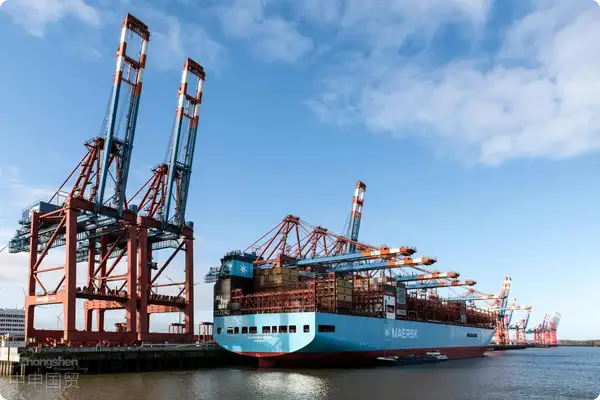- Shanghai Zhongshen International Trade Co., Ltd. - Two decades of trade agency expertise.
- Service Hotline: 139 1787 2118

Contents
ToggleI. The Concept and Importance of Electromechanical AgencyEquipment ImportsSpecificity and Risk Management
According to the latest customs data from 2025, the non-compliance rate in the declaration of imported electromechanical equipment has reached as high as 17.3%, significantly exceeding the average rate of 5.8% for general goods. Due to their unique industry characteristics, these products face three major core pain points during the import process:
- Technical parameter complexity: The error rate in HS code classification exceeds 40%.
- Volatility of tariff costs: Different combinations of declaration elements can result in tariff rate differences of up to 15%.
- Special logistics requirements: The transportation loss rate of precision instruments is 3.2 times that of ordinary goods.
II. Analysis of the Six Major Service Modules of Professional Agency Companies
High-quality agency companies can build a complete import guarantee chain for enterprises through a modular service system:
- Technical document pre-review system
- Compliance verification of equipment parameters
- EU CE/North America UL Certification Conversion
- Intelligent Tariff Planning
- HS Code Dynamic Database Comparison
- Optimization of Free Trade Agreement Tariff Application
- Specialized transportation solutions
- Earthquake-resistant Temperature-controlled Container Configuration
- Special Lifting Operations at Ports
III. Comparative Analysis of Costs Between Self-Operation and Agency Models
| Project | Self-operated import | Professional agency |
|---|---|---|
| Average customs clearance time | 8-12 business days | Production Supervision |
| Exception handling cost | 5-8% of the cargo value | The value of goods is 0.5-1.2%. |
| Annual operating cost | $280,000+ | $190,000- |
IV. Evaluation Criteria System for Enterprise Selection of Agents
It is recommended to construct an evaluation matrix from three dimensions:
- Industry experience level
- Number of operation cases for similar equipment ≥ 50 cases
- The proportion of professional and technical personnel exceeds 40%.
- Service network coverage
- In-house customs declaration teams at major ports
- Density of overseas inspection point distribution
- Risk response capability
- Customs AEO certification qualification
- Emergency response time < 2 hours
V. Typical Case: Import Solution for German Precision Machine Tools
An automotive parts manufacturer encountered the following situation when introducing a $3.2 million five-axis machining center in 2025:
- Original technical documentation conflicts with domestic standards
- Excessive humidity during transportation caused a malfunction in the control system.
Professional agency companies intervene through three stages:
- Preprocessing stage: Recreate bilingual technical documentation compliant with national standards.
- Transportation phase: Customized constant-humidity shockproof container + IoT monitoring throughout the entire process
- Customs clearance stage: Applied RCEP agreement to achieve a 9.7% tariff reduction.
Ultimately, it helped the enterprise reduce the production cycle by 15 days, save comprehensive costs of $285,000, and achieve a 100% equipment installation qualification rate.
Related Recommendations
? 2025. All Rights Reserved. Shanghai ICP No. 2023007705-2  PSB Record: Shanghai No.31011502009912
PSB Record: Shanghai No.31011502009912










